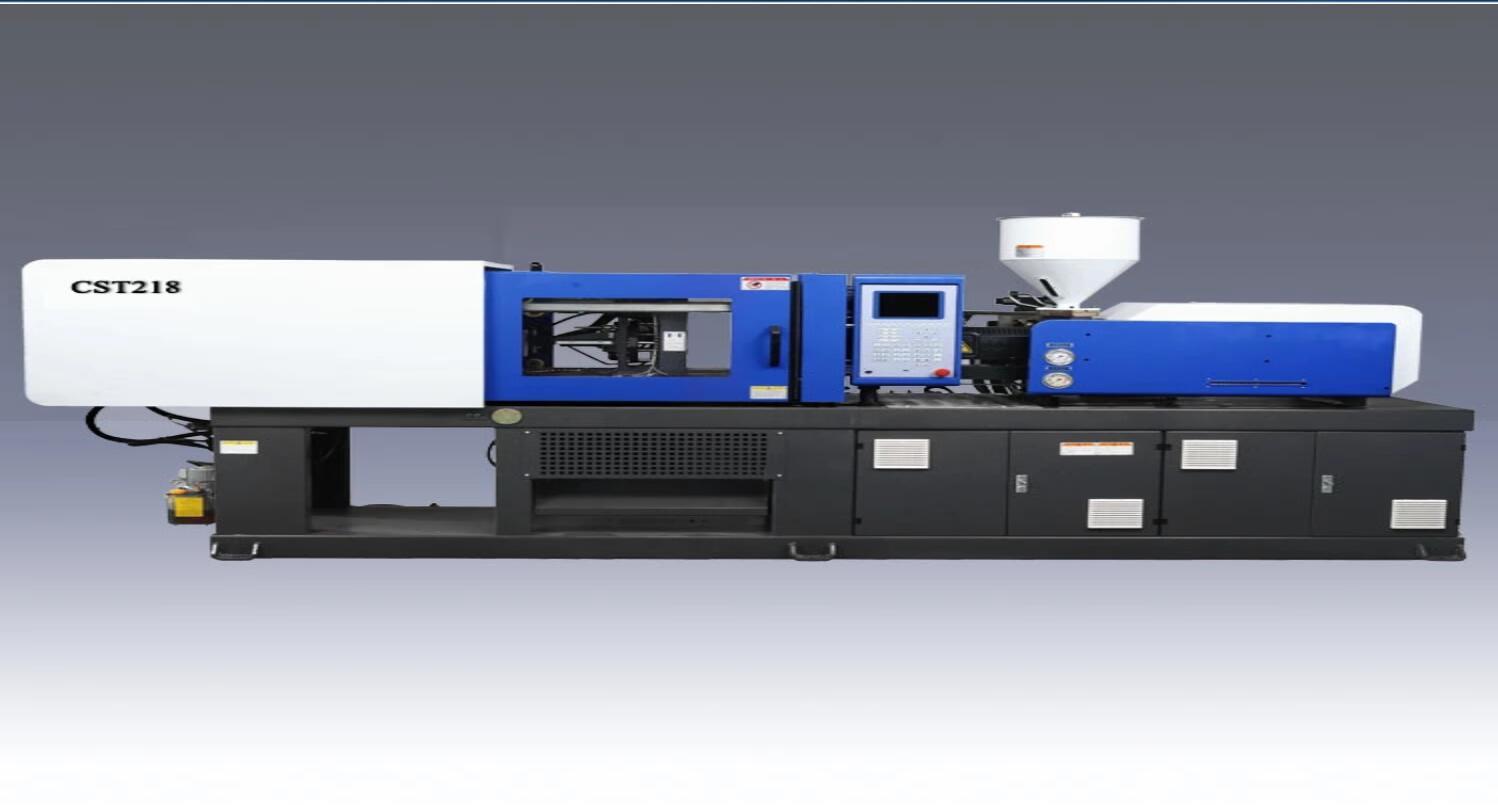Defective Moldings, Causes, and Remedies
Defects to be encountered in molding of Iupilon / NOVAREX are almost similar to those of other plastic materials.
The defective causes and remedies of general grade and glass fiber reinforced grade are
summarized in Tables 1・4-1 and 1・4-2, respectively.
The effect that the mold temperature of glass fiber reinforced grade has on the appearance is indicated in Fig. 1・4-1.
Table 1・4-3 shows the problems and remedies in an accurate molding.
|
Defective molding
|
Cause
|
Remedy
|
|
Silver streaks
(uniformly distributed
in the direction of
injection)
|
Moisture in the pellets
|
Dry the pellets thoroughly at 120℃. Do not allow
the pellets to cool in the hopper. Perform free
injection and observe the state of bubbling of
the melt
|
|
Silver streaks
(irregularly distributed
and often shaped like a
comet locally)
|
Overheating of the resin
(i)Overheated spots in the cylinder or nozzle (ii)Stagnation of the resin in the cylinder or
nozzle |
(i)Lower the temperature of the overheated
spots
(ii)Clean the stagnant part or replace the
stagnant part with a part free from
stagnation |
|
Brown discoloration
|
(iii)Over heating of the resin or too long dwell
time
(iv)Inadequate rotation speed of screws |
(iii)Check the stagnant part and the joining
part of the cylinder and nozzle
(iv)Set the rotation speed of screw at 45‐
60rpm. |
Cloudy black specks and
bubbles | Air trapped in the pellets | Raise the back pressure in a screw type Molding machine |
Local discoloration | Insufficient venting of the mold and heat Generated by adiabatic compression of the air | Cut a 0.01mm~0.03mm deep vent in the parting face of the mold |
Voids and black specks
and silver streaks around the voids Stains | Adiabatic compression of the air entrapped in
the resin in the mold. (i)Contamination by foreign matters or other
resin. (ii)Contamination by eroded material of the
molding machine.
(iii)Fats or oils in contact with the melt | Change the position of the gate to obtain a
uniform flow of the resin in every direction.
Correct the eccentricity and non-uniform
thickness of the core. Lower the injection (i)Pay enough attention to storage of the resin
and feeding to the hopper.
Clean the hopper, cylinder and nozzle. (ii)Inspect the sliding surface of the
measuring unit, plunger sleeve, screws,
non-return valve, and nozzle. (iii)Inspect the injection unit and the mold
and
prevent oil leakage. |
Dark brown or black specks
or particles | Peeling of a layer of decomposed resin formed on the internal surface of the cylinder | Clean the internal surface of the cylinder.Keep the temperature of the cylinder at 160‐180℃
when the operation is stopped. |
Cloudy surface | Due to the use of a mold release agent | Polish the mold.
Reduce the amount of a mold release agent. |
Sink marks on the surface Or bubble inside | eShrinkage occurring during freezing is not sufficiently compensated by the holding pressure | (i)Prolong the application of the holding pressure (ii)Prevent heat loss from the nozzle.
(iii)Enlarge the gate. (iv)Make the wall of the molded piece as thin as
possible. (v)Attach the gate to the part with the largest
wall thickness. (vi)Prolong the cooling time when sink marks are
formed after release from the mold. (vii)Increase the feed cushion of pellets. |
Mold flash | (i)Insufficient mold clamping force or too high
injection pressure. (ii)Wearing off of the mold. | (i)Increase the mold clamping force or reduce the
injection pressure and holding pressure.
Inspect the mold. (ii)Renew the mold. |
Difficult molt release or Deformation during molt release | (i)Larger mold release force required (ii)Vacuum created between the mold and the molded
piece (iii)Mold release force not working on the part where the molded piece is adhered closely to the
mold. (iv)Molded piece not sufficiently cooled during mold release | ( i ) Lower the holding pressure. Provide a sufficient draft and polish the mold. (ii)Attach a device to break the vacuum in the mold. (iii)Increase the number of ejector pins. (iv)Lower the mold temperature and speed up cooling (v)Prolong the cooling time |
Short shot | (i)Too low cylinder temperature,too fast freezing of the passageway,too low mold temperature (ii)Too small wall thickness (iii)Irregular filling of cavities | (i)Raise the cylinder temperature,enlarge the passageway, raise the mold temperature and the injection rate,and improve the air vent of the mold (ii)Increase the wall thickness. (iii)Change the passageway to obtain simultaneous
filling. |
Ripple near edges | (i)Too low resin temperature (ii)Low injection rate | (i)Raise the resin temperature,particularly the
nozzle temperature (ii)Perform high speed injection. |
Jet flow, cloudiness near the gate | Caused by the cooled resin or the resin cooled by colliding with the mold being carried forward again by other resin melt | Enlarge the gate. Lower the injection rate. Change the position of the gate. Raise the nozzle temperature. |
Table 1・4-2 Defective causes and remedies of glass fiber reinforced grade
|
FLow marks
|
Inadewuate flow of the melt
(i)Rapid change in the cross section of the
molded piece. (ii)Inadewuate flow of the resin melt around
sharp corners |
(i)Desin the molded piece such that the cross
section changes not stepwise but smoothly.
(ii)Round the sharp corners. |
|
Weld marks
|
Cooling of the resin occuring brfore merging
|
Raise the resin and mold temperature and
perform high speed injection. Enlarge the gate
|
|
Ripple near the gate
|
Cooling of the resin before the holding
pressure working.
|
Enlarge the gate
|
Peeling of a surface layer
from the molded piece
(especially when bent) | Contamination by foreign matters and other resins. | Perform purge sufficiently. |
Breakage of molded pieces | (i)Moisture in the pellets (Defects due to moisture are often unnoticeable) (ii)Too low nozzle temperature (iii)Resin cooled between the nozzle and the sprue bushing. (iv)Generation of internal stresses due to low
mold temperature, too high injection
pressure and holding pressure, and
extremely non-uniform distribution of the
wall thickness (v)Contamination by foreign matters. | (i)Dry the pellets at 120℃. Perform purge and
examine the degree of resin bubbling. (ii)Raise the nozzle temperature and remove
cold slug. Detach the nozzle from the mold
after injection. (iii)Remove such cooled resin every time it
is formed. Use a shut off nozzle ( iv ) Keep the mold temperature at 70 -
120℃.Lower the injection pressure and
holding pressure and avoid excessive
pressure after complete filling. Make
the wall thickness distribution uniform (v)cylinder and nozzle and cleaning. |
|
Defective molding
|
Cause
|
Remedy
|
|
Defect of surface gloss
|
(i)Low mold temperature
(ii)Low holding pressure (iii)Low injection rate. |
(i)Raise the mold temperature
(at 110 ‐120℃ if possible)
(ii)Raise the holding pressure (iii)Perform high speed injection |
|
Defect of mold release
|
(i)Improper taper
(ii)Inadequate position of ejector pins (iii)too high mold temperature. (iv)Short cooling time. (v)Too high holding pressure. |
(i)Provide a proper taper in the range of
1/100‐1/50
(ii)Make adequate position of ejector pins (iii)Lower the mold temperature. (iv)Prolong the cooling time. (v)Lower the holding pressure. |
|
Local burn
|
(i)Stagnation of the resin in the molding
machine
(ii)Overheating of the resin due to adiabatic
compression of the air in the mold. |
(i)Examine the molding machine. Dismantle and
perform cleaning.
(ii)Install the vent hole in the mold. |
Hue non-uniform | (i)Specks of the resin and floating of glass
fiber. (ii)Too severe hue limit | (i)Make the molding conditions proper. (ii)Widen the tolerance level of hue |
Defect of strength of the
weld part | (i)Apply the mold release agent too much. ( ii ) Inadequate position of the gate and
distribution of the thickness. | (i)Decrease the applied amount of the mold release agent. (ii)Change the position of gate and re-examine
the distribution of the thickness. |


